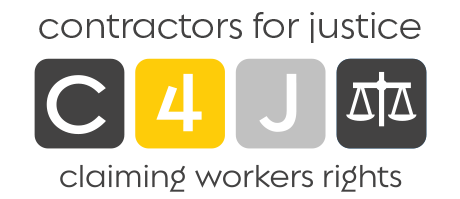WORKPLACE PENSIONS
All employers must provide a workplace pension scheme. This is called ‘automatic enrolment’.
Your employer must automatically enrol you into a pension scheme and make contributions to your pension if all of the following apply:
- you’re classed as a ‘worker’
- you’re aged between 22 and State Pension age
- you earn at least £10,000 per year
When your employer does not have to automatically enrol you
Your employer usually does not have to automatically enrol you if you do not meet the previous criteria or if any of the following apply:
- you’ve already given notice to your employer that you’re leaving your job, or they’ve given you notice
- you have evidence of your lifetime allowance protection (for example, a certificate from HMRC)
- you’ve already taken a pension that meets the automatic enrolment rules and your employer arranged it
- you get a one-off payment from a workplace pension scheme that’s closed (a ‘winding up lump sum’), and then leave and rejoin the same job within 12 months of getting the payment
- more than 12 months before your staging date, you left (‘opted out’) of a pension arranged through your employer
- you’re from an EU member state and are in a EU cross-border pension scheme
- you’re in a limited liability partnership
- you’re a director without an employment contract and employ at least one other person in your company
You can usually still join their pension if you want to. Your employer cannot refuse.
How much do I and my employer have to pay?
The minimum total contributions under automatic enrolment have been set down by the Government and have been increasing up to 6 April 2019.
Your employer must pay some of the minimum total contribution. If the employer doesn’t pay all of the minimum total contribution, you will need to make up some of the difference. The Government will also pay into your pension pot by giving you tax relief on your contributions However, even if you don’t pay Income Tax, you’ll still get tax relief if your pension scheme uses relief at source to add tax relief to your pension pot.
The minimum total contribution to the scheme is usually based on your ‘qualifying earnings’. These are your earnings from employment, before income tax and National Insurance contributions are deducted, that fall between a lower and upper earnings limit that are set by the Government (£6,240 to £50,270 for the tax year 2021/22). Earnings from employment can include your wages or salary, commission, bonuses, to name a few.
If your employer decides to pay only the minimum amount, the minimum total contribution, as a percentage of your qualifying earnings is:
| Date | Your employer pays: | You pay: | The Government adds tax relief of: | Total contribution: |
| From 6 April 2019 | 3.0% of your qualifying earnings | 4.0% of your qualifying earnings |
1.0% of your qualifying earnings |
8.0% of your qualifying earnings |
| 6 April 2018 to 5 April 2019 | 2.0% of your qualifying earnings | 2.4% of your qualifying earnings |
0.6% of your qualifying earnings |
5.0% of your qualifying earnings |
| Up until 5 April 2018 | 1.0% of your qualifying earnings | 0.8% of your qualifying earnings |
0.2% of your qualifying earnings |
2.0% of your qualifying earnings |

